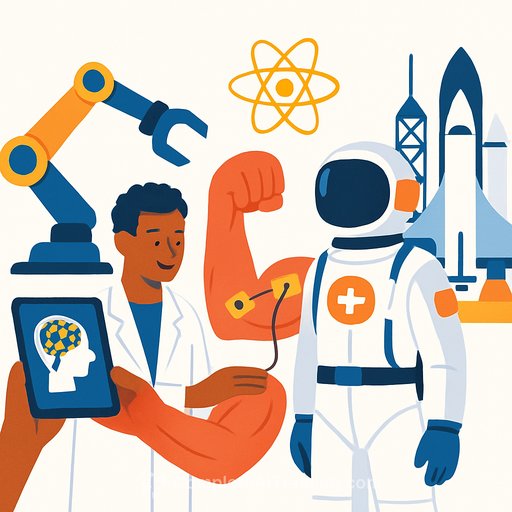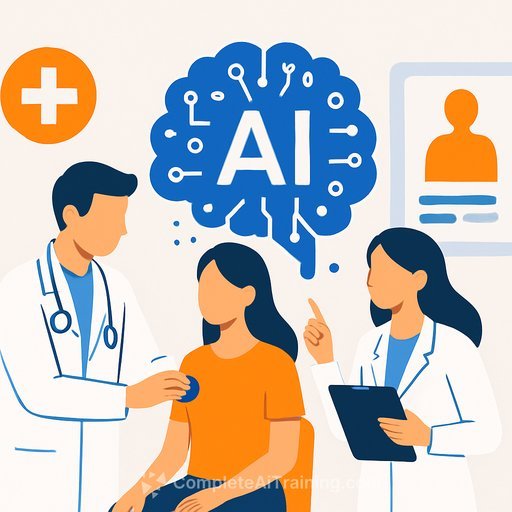Muscle Health and AI Robotics Support Astronauts Ahead of Upcoming Space Missions
Onboard the International Space Station (ISS), research focusing on muscle maintenance and robotics is advancing to support astronauts during long-duration missions. As one crew prepares to depart next month, another is readying for launch to continue vital space research.
Combating Muscle Loss in Microgravity
The absence of gravity in space causes muscle and bone loss, a significant challenge for astronaut health. Researchers are exploring electrical muscle stimulation as a method to enhance daily exercise routines and maintain muscle function.
NASA Flight Engineers Nichole Ayers and Anne McClain conducted an experiment in the Columbus laboratory module. McClain operated biomedical equipment that sent small electrical signals to electrodes on Ayers' legs. This stimulation aims to counteract muscle atrophy caused by weightlessness.
Data collected will help medical teams understand muscle responses in microgravity, potentially leading to improved exercise protocols and lighter, more efficient workout equipment for future missions.
AI-Powered Robotics Enhancing Crew Support
Autonomous robots are being tested to assist crews aboard the ISS and future missions to the Moon and Mars. The CIMON robot, an AI-driven device roughly the size of a bowling ball, was activated by JAXA astronaut Takuya Onishi in the Columbus module.
CIMON demonstrated its ability to command a free-flying robotic camera to search for hidden objects within the Kibo laboratory module. This trial aims to improve robot-to-robot communication and automate routine tasks, giving astronauts more time for research and rest.
Preparing for Crew Transitions
The current Expedition 73 crew, including Commander Onishi and NASA astronauts, checked their pressure suits for the upcoming return to Earth aboard the SpaceX Dragon spacecraft. They tested communication systems and inspected critical suit components such as boots, gloves, and zippers.
The Crew-10 team's mission is scheduled to conclude about a week after the SpaceX Crew-11 mission launches from Florida’s Kennedy Space Center. Crew-11 members—Commander Zena Cardman, Pilot Mike Fincke, and Mission Specialists Kimiya Yui and Oleg Platonov—are preparing for a seven-month research mission aboard the ISS.
NASA Flight Engineer Jonny Kim is coordinating station preparations for Crew-11’s arrival, staging supplies, and monitoring the spacecraft’s approach and docking procedures. He is also preparing tools for the Crew-10 departure.
Continued Earth Observation by Roscosmos
Roscosmos Flight Engineers Sergey Ryzhikov and Alexey Zubritsky are conducting Earth observation tasks, using imaging equipment to capture natural and human-made phenomena from the station’s windows. Their work supports environmental monitoring and disaster assessment efforts.
This multifaceted research and operational activity aboard the ISS highlights the ongoing commitment to astronaut health, mission efficiency, and scientific discovery during extended spaceflight.
Your membership also unlocks:






